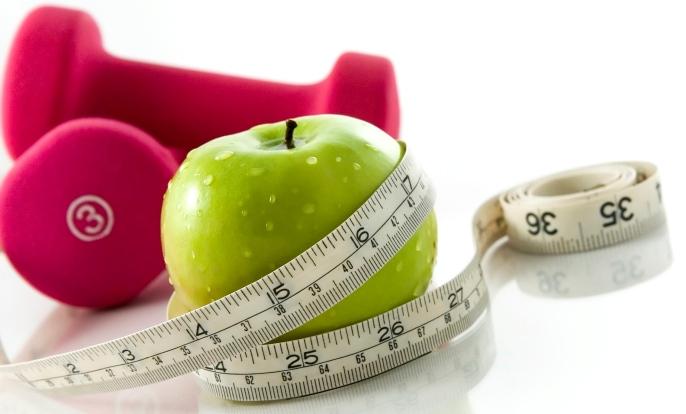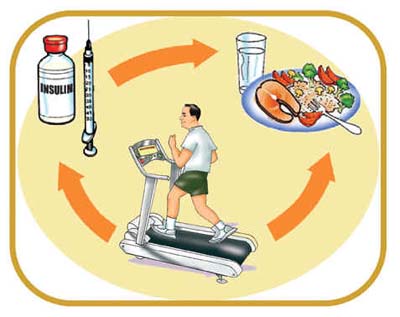Introduction
Before You Go, Pack Foods with Care
On the road again? Traveling can be exciting, educational, exhausting and energizing! Also, the food you enjoy while traveling can be delicious and memorable. However, culinary excursions while traveling can be a hazard to your health if food is not handled properly.
This month I will share some simple tips to help you eat right while traveling. Follow my blog for additional topics, that include food safety and seeking out healthy bites!
Clean your produce.
Rinse all fresh produce under running tap water before packing it in a cooler, including produce with peel-away skins or rinds.
Keep cold food cold.
Place cold food in coolers with frozen gel packs or ice. Stashing it at 40°F or below prevents bacterial growth. Consider packing beverages in one cooler and perishable foods in another since you are likely to grab beverages most often.
Keep hot food hot.
That means your best bet when packing is to take a pass on hot food unless you have a portable heating unit that can be used safely.
Pack healthy, non-perishable snacks.
No matter how you travel, you can keep eating healthfully with these simple options:
- Whole or dried fruit.
- Freeze-dried vegetables.
- Nuts (pre-portioned into snack-size bags).
- Nut butters (travel packs are great for planes).
- Whole-grain pretzels, crackers and bread sticks.
- Trail mix.
- Snack bars. Look for bars made with whole grains, nuts and fruit with few added sugars.
- Carry hand sanitizer and disinfectant wipes. These come in handy washing your hands or other surfaces.
Need to Nibble?
- Choose healthy snacks. These choices are easy to carry and are available in many gas station marts and most airport terminals:
- Part-skim mozzarella cheese stick.
- Whole-grain sandwich with lean meat, vegetables and mustard.
- Salad with lean protein.
- Fat-free latte.
- Fruit cup.
- Pre-cut veggies (paired with nut butter brought from home).
- Road trip stops. There might be long stretches of road with limited options between cities, but road trips don’t have to cause a disruption in eating healthfully.
- Markets. Pick up pre-washed/pre-cut vegetables, hummus, yogurt, sandwiches, salads and fruit with peels including oranges and bananas.
- Sandwich shops. Choose whole-grain bread, extra vegetables and mustard instead of oil or mayo.
- Drive-thru and casual restaurants. Focus on items that are grilled, steamed, broiled or baked instead of fried or sautéed. Consider salads with lean protein and a vinaigrette-based dressing, broth-based soups, oatmeal and eggs with whole-grain bread. If you’re craving comfort food, just watch your portions — stick to the basics such as a single burger patty without special sauces, kid-size sides and water instead of soda.
Rules to Always Remember
- Clean your hands before you eat. Even if you don’t need to use the restroom, you’ll still want to wash away germs you picked up in the airport or train station. Wash with soap and water or hand sanitizer.
- Be safe with water. Water is regulated and tested throughout the U.S., but, when in doubt, don’t drink the tap or well water. This also goes for anything made with water, such as ice or fountain drinks. Stick with sealed, bottled beverages if you have any concerns about the local water supply.
- Remember the two-hour rule. If you buy cold or hot food at the airport or train station, eat it within two hours of purchasing. After that, bacteria multiply. (In hot weather, the safe time limit is one hour.) Set a timer on your watch or phone to remind you.
- Think before eating. On the plane, clean off your tray table with disinfectant wipes. Never set food directly on the tray table. If hot food is served on the plane or train, make sure it is, indeed, hot.
At Your Destination?

- Don’t take a vacation from food safety rules. Fish, shellfish, meat and eggs are still unsafe to eat when raw, even at a fancy hotel.
- At a hotel, ask for a room with a mini-fridge. Then visit the local market for grocery staples. That way you can eat breakfast in your room and keep healthful snacks on hand including hummus and yogurt.
- Make instant oatmeal for breakfast. If you have a coffee maker, you can make instant oatmeal. Stir in dried fruit, nuts and milk for a satisfying start to the day.
- Be cautious about continental breakfasts. Enjoy this complimentary meal option by choosing whole-grain cereal with fat-free or low-fat milk, fruit or yogurt.
- Pass on street vendor foods. Though the aromas may be tempting, consider skipping food from unknown street vendors. The safest strategy is to stick to tried-and-true dining establishments.
- Beware of buffets. Buffets are a license to overeat! Before you grab a plate, walk around the buffet and decide your BEST choices. Steer clear of any food that’s served at room temperature — that’s within the temperature “danger zone” where bacteria can thrive. Aim to make half your plate fruits and vegetables, one-quarter lean protein and one-quarter whole grains.
Enjoy your travel! Just don’t let it disrupt the rest of your life!
Sandra Gultry is a Registered Dietitian Nutritionist, specializing in nutrition & weight loss. She helps people who are suffering with losing weight and with the impact weight has on health, self-esteem, well-being and overall life. She can be reached here. Thank you, Sandra!


























